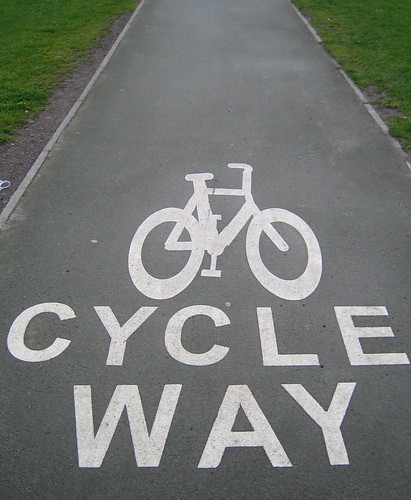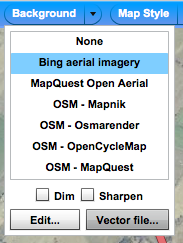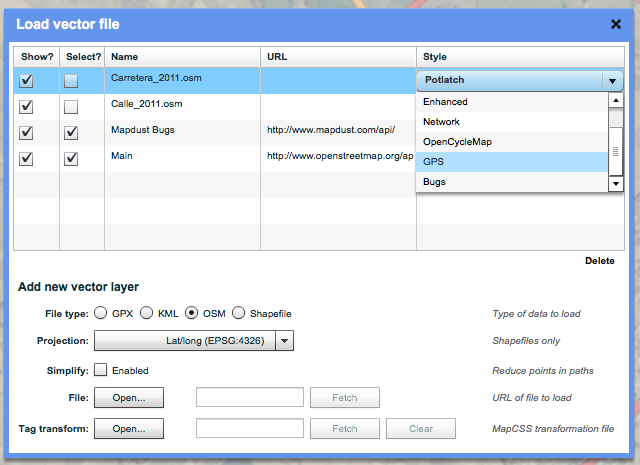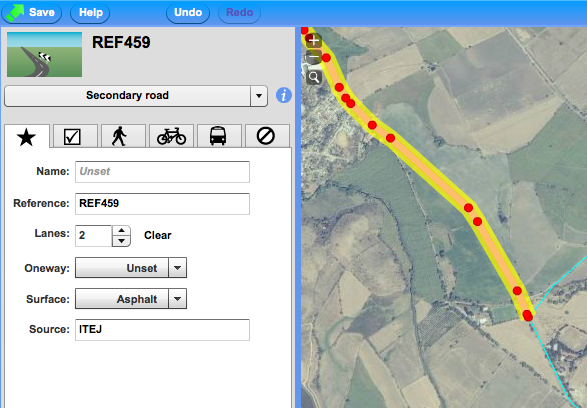cycle.travel now has OSM-powered bike routing for Western Europe
Posted by Richard on 17 July 2014 in English. Last updated on 18 July 2014.I’ve been working on this for a while and am delighted to be able to unveil it!
cycle.travel, my OSM-powered cycling site, now has bike routing for Western Europe: France, the Netherlands, Belgium, Germany, Denmark, Czech Republic, Slovenia, Austria, Italy, Spain, Portugal, the UK and Ireland.
You can try it at cycle.travel/map.
It’s built with (patched) OSRM and a complex custom profile. It takes account of elevation, cycle routes, surface quality and more. All routes are fully draggable; you can export to GPX, TCX, and PDF, and save routes if you create an account. The cartography is specially designed for the site.
Here’s a ride along the Rhine:
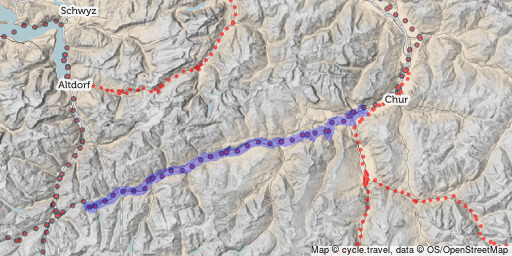
Or if you fancy cycling over Mont Ventoux:
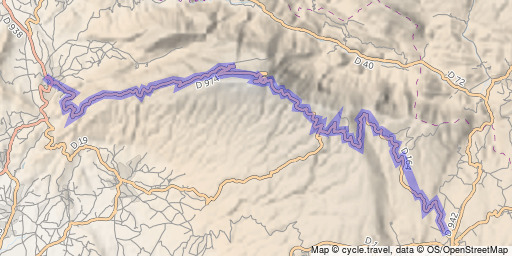
Routing details
If it doesn’t follow a route you’d expect it to take, this is usually because surface tags are missing.
For example, here in France, the canalside path is tagged as ‘highway=path’ with no surface tags. cycle.travel guesses that paths in rural areas have poor quality surfaces, so will try not to route along them. Adding a ‘surface=gravel’ tag to this path, which the aerial imagery suggests, will make the router like it. (Access tags are also good.)
Miscellaneous notes
- The tileserver is a little slow - please be gentle!
- There are occasional inconsistencies in the tiles - old styles that haven’t refreshed yet.
- You can’t route between the UK and mainland Europe (there’s a big lake in the way. Only Chris Froome is allowed to cycle through the tunnel and look how far it got him)
- I’m planning on weekly updates but it’ll be less often at first.
- Known issue with highway=trunk, bicycle=yes getting undue prominence.
- Known issue with fahrradstrassen/fietsstraten not being prioritised.
- You can switch from miles to km if you create an account and set user preferences. It’ll be a bit smarter about defaulting to km for Europe soon, but I need to do a bit of work to enable that. Edit: Now defaults to km for routes in Europe.
Still lots to improve but I hope you like it - and, as ever, thanks to all the mappers who have contributed all the lovely data.
You can post comments/bugs/suggestions here, of course, or on the site forum itself.
